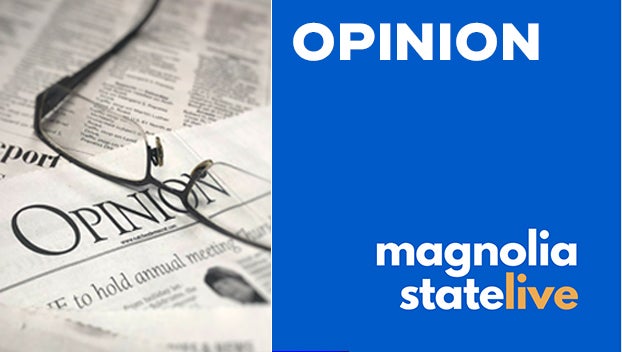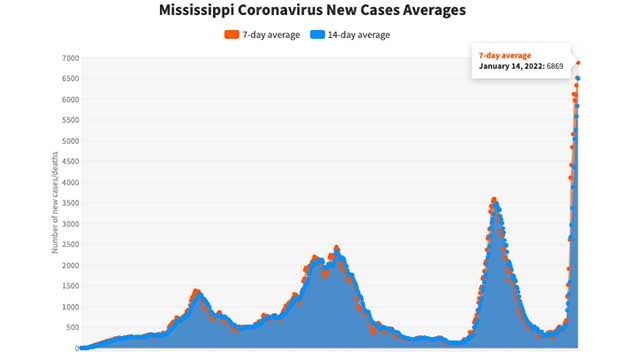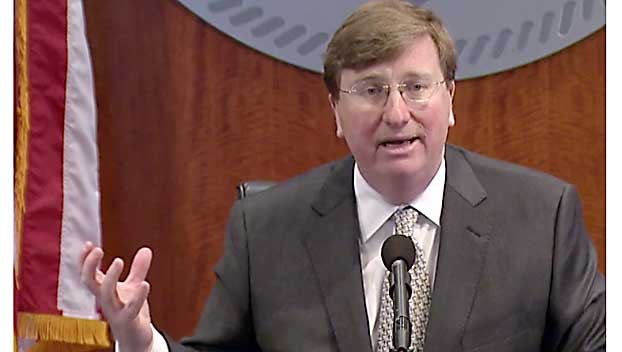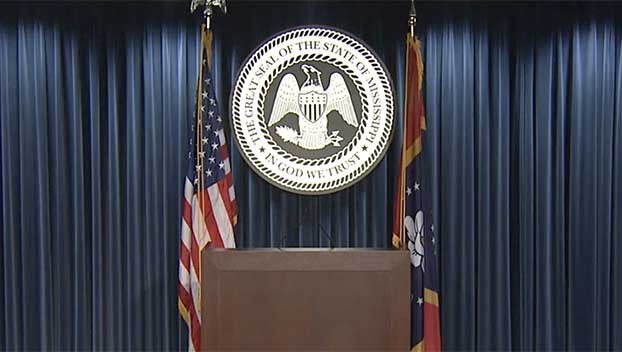Auditor drags Mississippi school funding back into light
Published 9:51 pm Saturday, April 20, 2019
When state Auditor Shad White issued a three-page report last week stating that spending on school administration has risen faster than spending on some other parts of K-12 education, it wasn’t like he had found an undiscovered country.
Republicans have been complaining about the subject for years, and some have seriously explored legislative fixes meant to penalize districts that they believe spend poorly.
But while the outlines of the continent are well-known, explorers have yet to penetrate its interior to answer key questions — why is administrative spending going up, is it wasteful or detrimental, and can policymakers effectively control bad spending.
White’s key finding is that spending that he classes as administrative rose 17.7 percent in the last decade, while spending on what he counts as instruction rose 10.6 percent.
The Republican suggests that if schools would have decreased non-classroom spending by 3 percent — how much statewide enrollment fell — there could have been $358 million available for other purposes. Helpfully, he notes that could have equaled an $11,000 raise for every teacher. Lawmakers caught brickbats this year when they agreed to a raise of only $1,500.
The report is based on one assumption that drives policymaking by some Republicans — that administrative spending is wasteful.
“I do feel that some administrative spending is bad, or wasteful,” White said.
White’s report sent defenders of the adequate education program into fits of rage.
Nancy Loome of the Parents’ Campaign, which lobbies for more funding of the Mississippi Adequate Education Program, accused White of authoring a “political hit piece” meant to shift blame for inadequate teacher pay raises from Republican lawmakers to greedy and wasteful superintendents.
MAEP provides a formula that determines how education money is divided among K-12 schools, and lawmakers again left it about $250 million short of the amount the formula says is needed.
“I think it is an attempt to distract from the slashing that legislative leaders are getting over the pay raise,” Loome said.
She noted that White rolled in spending including debt service and federally reimbursed school lunch spending, falsely suggesting districts could have shifted that money to teacher pay.
“The real problem is that the Legislature has not invested in MAEP and that’s where salaries are paid,” Loome said.
White’s report also ignores inflation. Consumer prices have risen more than 20 percent during the time. White suggests that’s not a good measure, although he admits inflation exists. He also agrees that some districts with shrinking enrollment face fixed costs they can’t easily cut. He suggests considering further consolidation of school districts or that lawmakers and school leaders should find creative ways to cut spending.
White denied that the report was timed to do favors for Republicans.
White’s predecessor, Stacey Pickering, was a long-running critic of Mississippi’s education spending, and White says he too, intends to remain engaged in the area.
He said he’s had a longstanding interest in Mississippi’s school finance system dating back to an honors thesis he wrote on the subject at the University of Mississippi. That thesis was cited when White was named a Rhodes Scholar in 2008.
But some other students of Mississippi’s school finance system suggest the debate is waste of time. Rebecca Sibilia, leads EdBuild, a group that was hired by Republican lawmakers to propose a new school funding formula for the state, in an effort that failed. She said the long-running debate over administrative spending is a “diversion.”
“What needs to be discussed is whether the needs of children are being met, not the accounting code used to record spending,” Sibilia said.
Jeff Amy has covered politics and government for The Associated Press in Mississippi since 2011.






